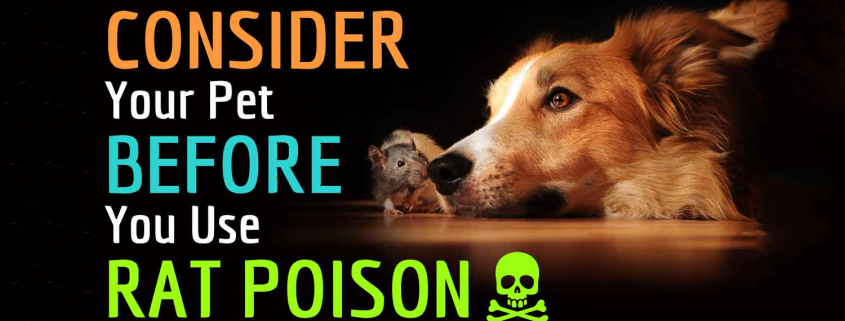Rat & Mouse Poisons in Dogs
Did you know that poisons that are put down to get rid of rats and mice are designed to be deadly? To no surprise, these chemicals can also be dangerous to our dogs. Unfortunately, these poisons are eaten by pets relatively often and urgently cause many dogs to be taken to emergency veterinary facilities yearly. However, there is much more to learn, outlined in our article below.
Rat and mouse poisons are known as “rodenticides.” The most common rodenticides used are designed to be eaten by mice and rats over time. The poison interferes with the animals’ ability to clot their blood correctly and can cause bleeding. You may be wondering why dogs eat rat and mouse poisoning. These poisons are often mixed with other attractive and tasty ingredients for mice and rats.
How much poison is toxic to your dog will depend on how big your dog is, the type of poison they have eaten, and how much they ate. It is crucial to understand the symptoms of rodenticide poisoning in dogs. The most common types of rat and mouse poison stop your dog from being able to clot its blood properly. Remember that bleeding may not always be visible, and poisoned dogs can show signs of weakness, lameness, or bruising.
You must call your vet immediately if you believe your dog has eaten rat and mouse poisons. To help the vet decide your dog’s treatment, you may need to provide details about the poison, how much you think they had eaten when your dog ate it, and an explanation of your dog’s symptoms. If you must use rat or mouse poisons, please ensure they are put in places your dog can’t reach. Poisons should always be kept in bait stations that your dog cannot access.



